Cats, with their elegant demeanor and intriguing personalities, are often seen as enigmatic companions. While cats may not communicate with words like humans, they possess a rich language of expressions and gestures that can express a wide range of emotions. Understanding a cat’s facial expressions can enhance your relationship with your feline friend, providing insight into what they’re thinking and feeling.
The Science Behind Feline Facial Expressions
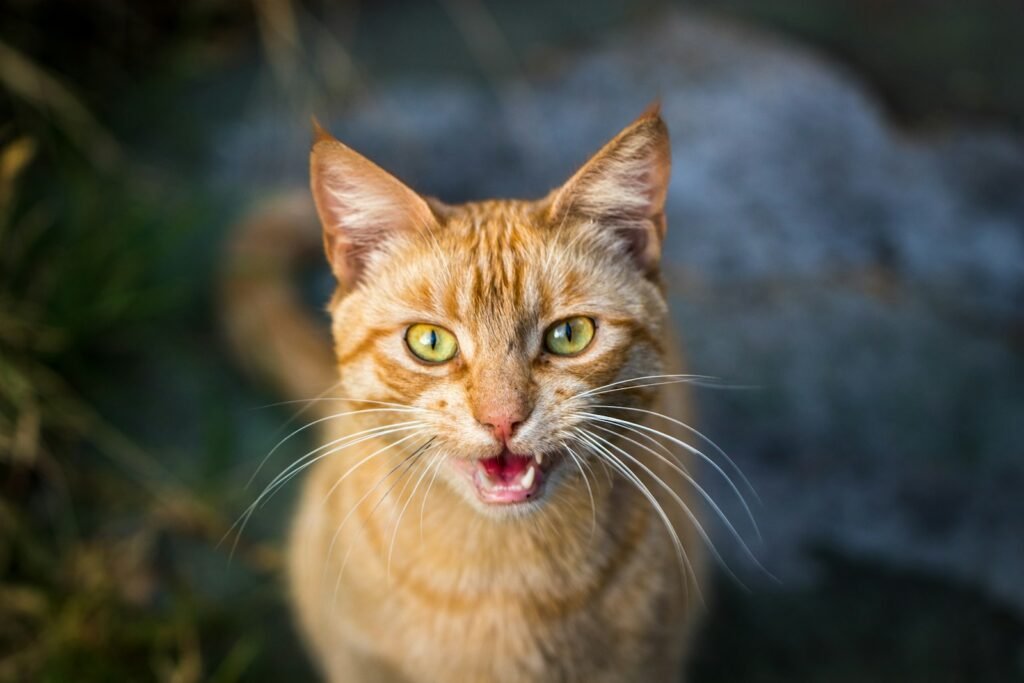
Before delving into specific expressions, it’s essential to understand the biological and scientific basis of how cats communicate. Cats possess a similar range of facial muscles to humans, but their subtler expressions can make them harder to decipher. Recent studies highlight that, like humans and dogs, cats have evolved to use facial expressions to communicate both interspecies and intraspecies.
Decoding the Eyes
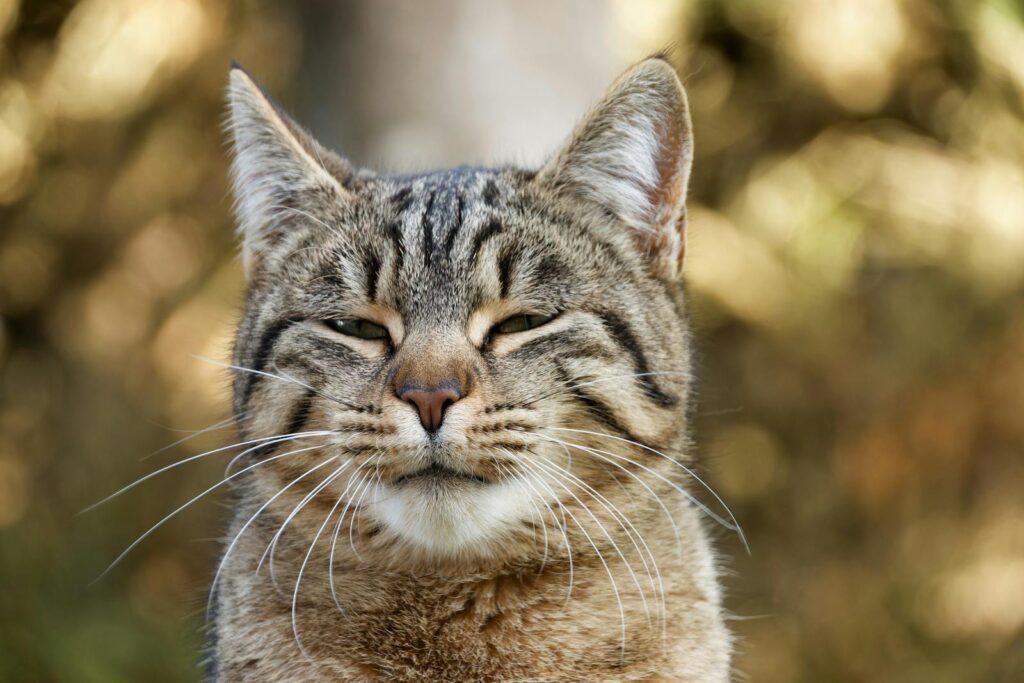
Cats’ eyes are incredibly expressive and can convey a myriad of emotions. A cat’s pupils can change in size based on light and emotional state. When relaxed, the pupils appear as narrow slits. However, wide, dilated pupils might suggest excitement, fear, or playfulness. Slow blinking signifies trust and affection, often seen as a cat’s version of a smile.
The Significance of the Ears
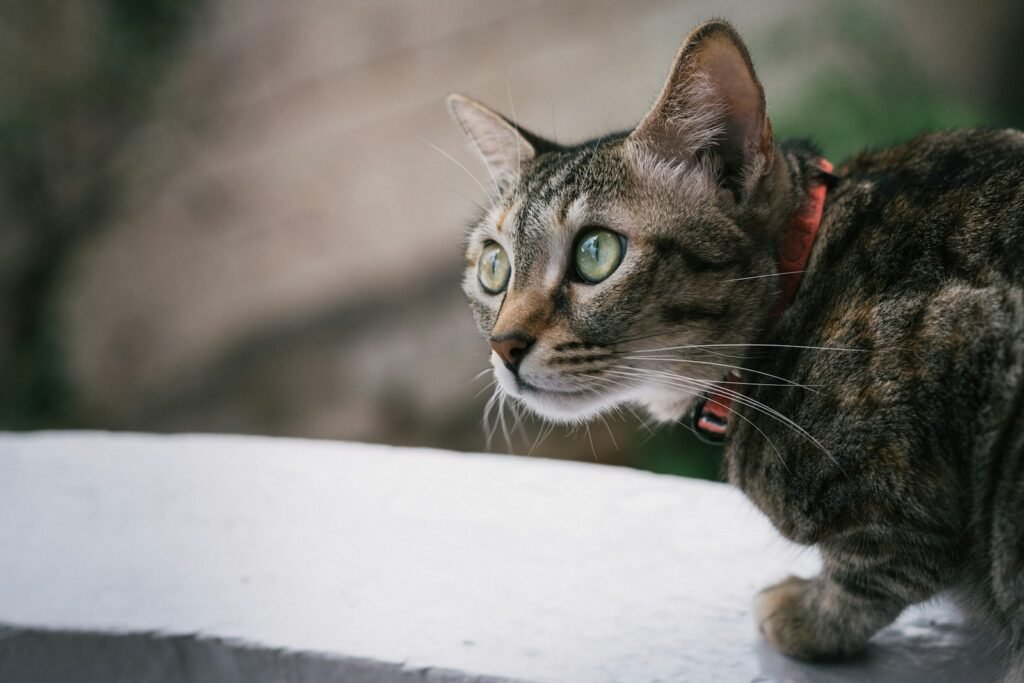
A cat’s ears are like satellite dishes that can turn and tilt to capture sounds and signals. Forward-facing ears indicate curiosity or alertness. Ears turned sideways, or back-facing can signify agitation or fear. Understanding how a cat’s ears are positioned can provide insight into their level of comfort and security in their environment.
Interpreting Nose and Mouth Movements

Although not as mobile as a dog’s or human’s, a cat’s nose and mouth can provide clues to their feelings. A relaxed cat often has a closed or slightly opened mouth. An open mouth with a wrinkled nose can indicate anger or annoyance, often accompanied by hissing or growling. Cats also use their mouth for a behavior known as the Flehmen response, where they open their mouths to better analyze scents of interest.
Spotting the Whisker Positions
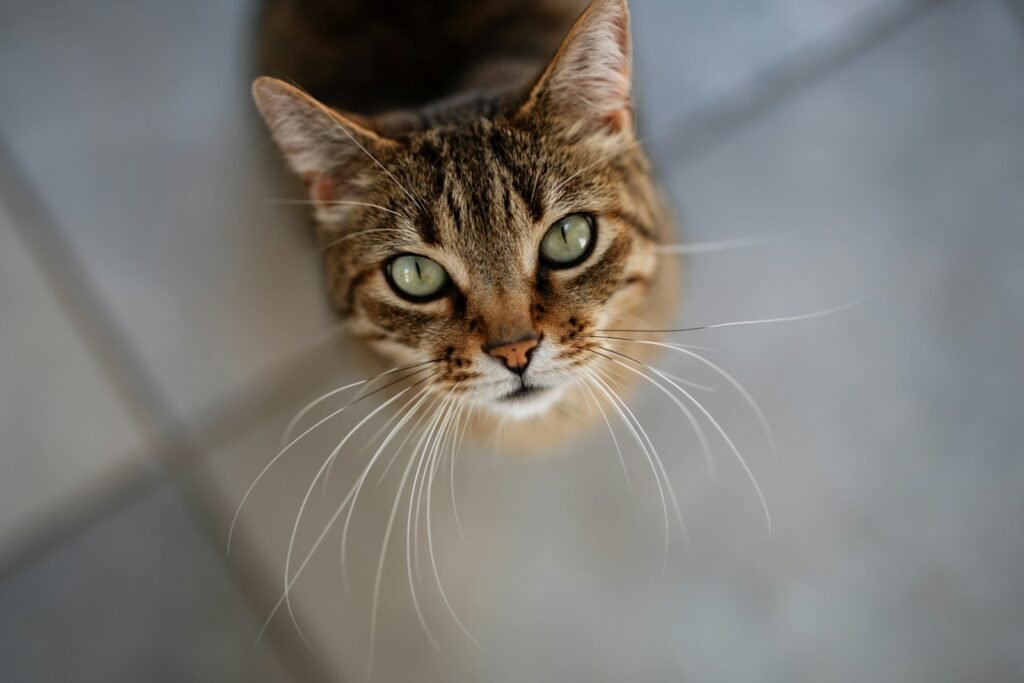
Whiskers are highly sensitive and can provide insights into a cat’s emotional state. Forward-pointing whiskers generally indicate interest or curiosity, whereas whiskers pulled back against the face might signal stress, fear, or defensiveness. Observing whisker orientation can offer an additional layer of understanding of a cat’s mood.
Cheeks and Facial Tension
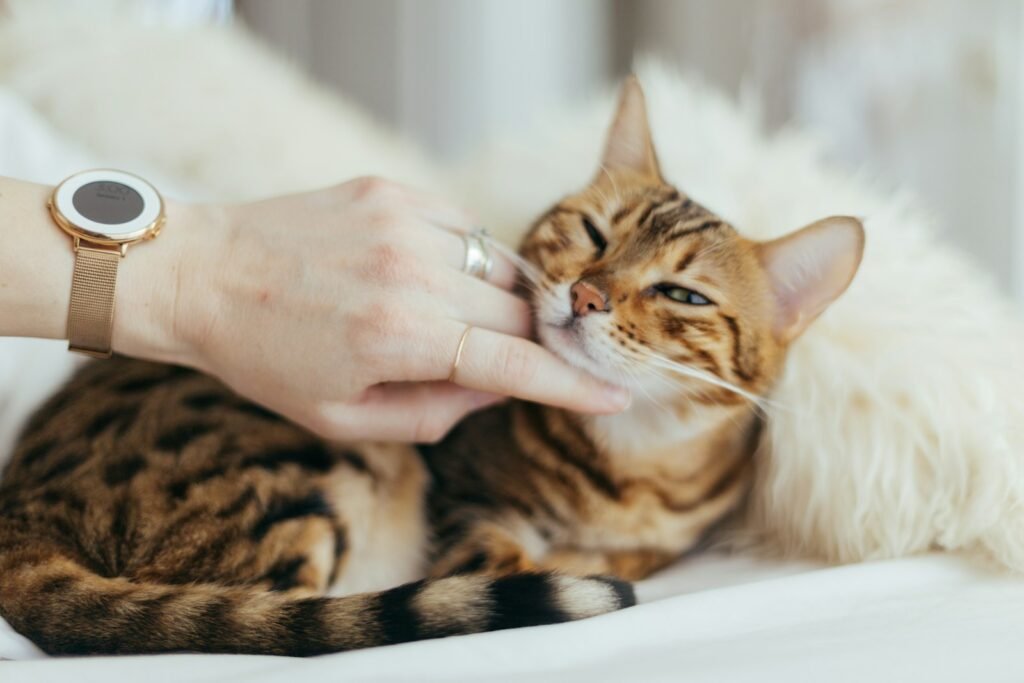
Facial tension in cats can be a subtle yet significant cue. Relaxed cheeks suggest a calm and comfortable cat, while tense or raised cheeks might indicate distress or agitation. When cats are feeling aggressive, their facial muscles may tighten, causing their cheekbones to become more prominent.
Understanding the Overall Facial Demeanor
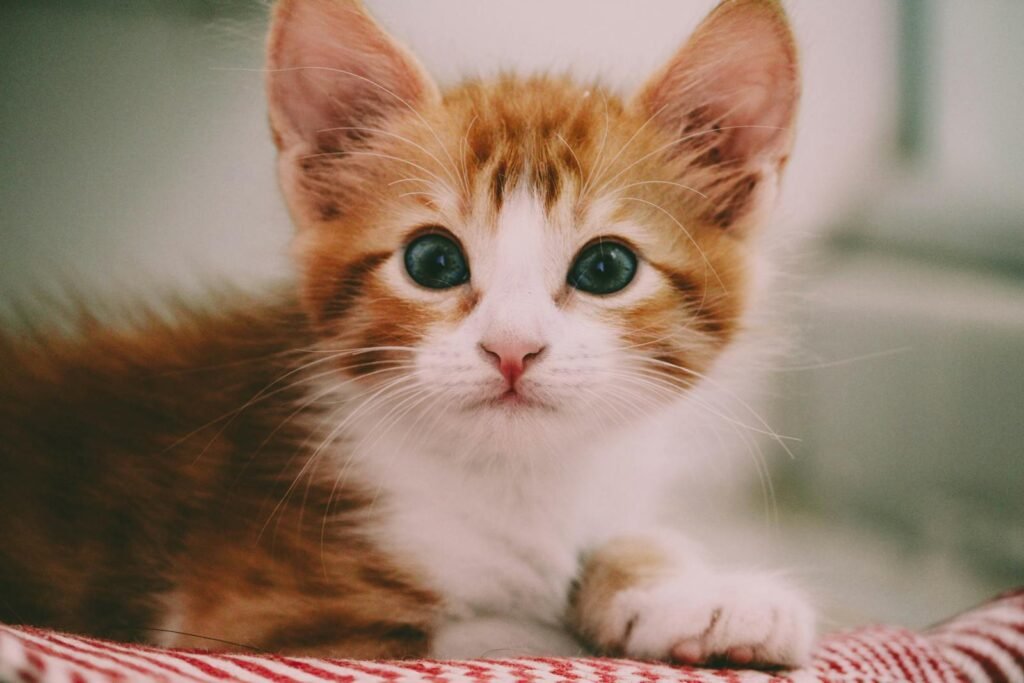
Considering the totality of a cat’s facial expressions is crucial for accurate interpretation. For instance, a cat with wide pupils, forward-pointing ears, and relaxed whiskers is likely expressing excitement or curiosity. In contrast, a cat with dilated pupils, flattened ears, and pulled-back whiskers might be feeling scared or threatened.
Practical Applications of Reading Feline Faces
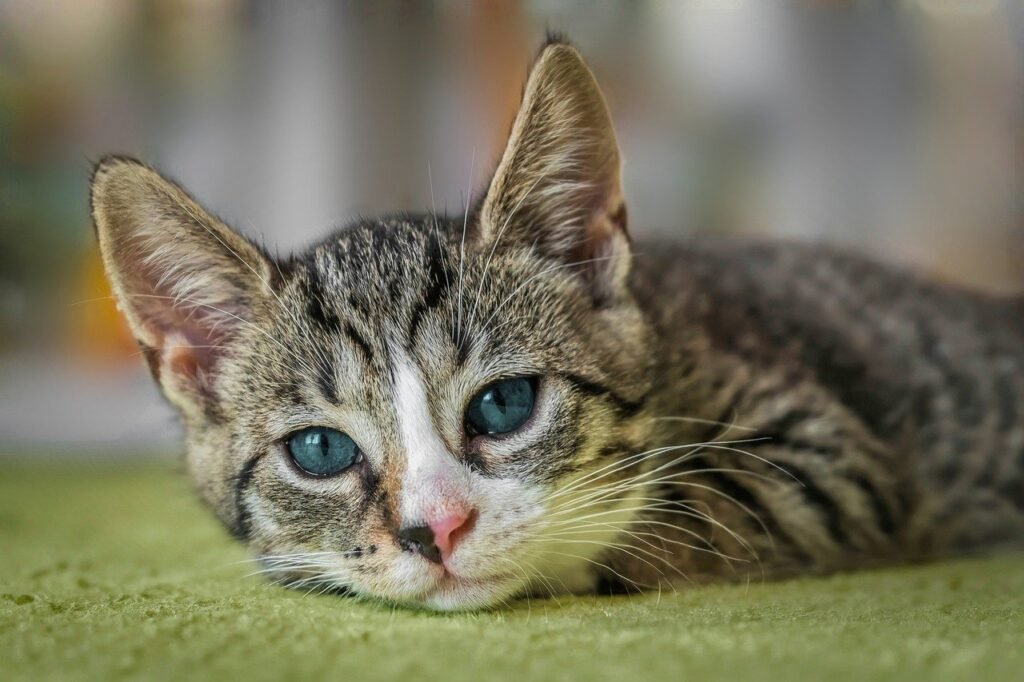
Understanding feline expressions can improve human-cat interactions and reduce misunderstandings that might lead to stress or conflict. For instance, recognizing signs of discomfort can help cat owners provide a more harmonious environment or decide when to give their pet space. Additionally, it can assist in detecting health issues early, as changes in expressions might signify pain or illness.
Conclusion: Enhancing the Human-Cat Bond
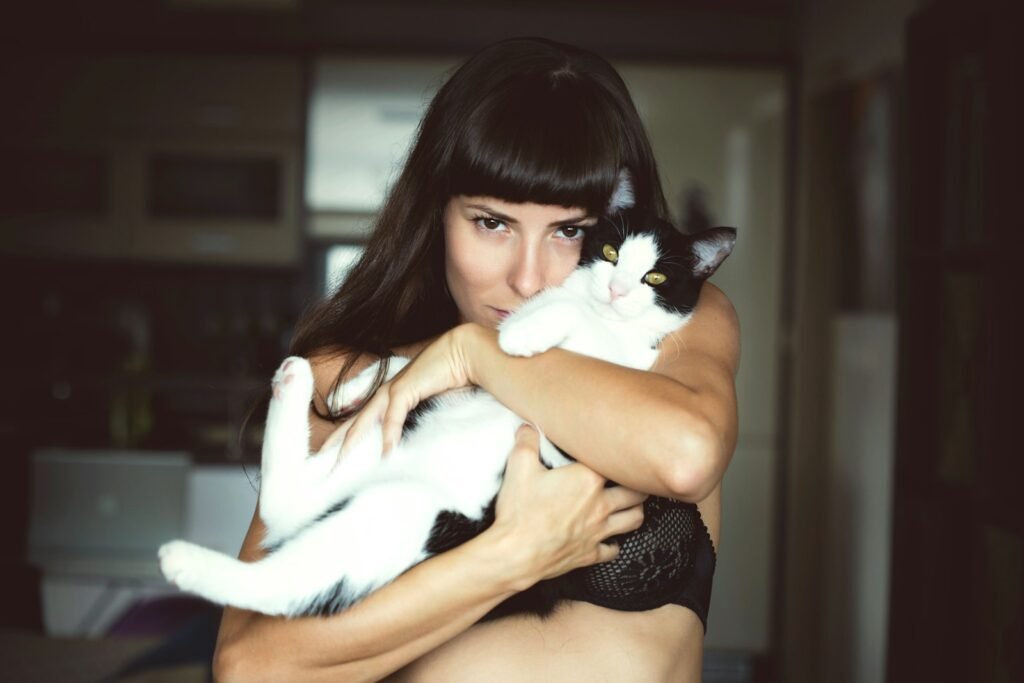
Deciphering a cat’s facial expressions is a valuable skill that can deepen the connection between you and your feline companion. By paying attention to details like eyes, ears, whiskers, and overall demeanor, you can better understand and respond to your cat’s needs and emotions. This understanding fosters not only a more harmonious relationship but also enriches the lives of both you and your beloved pet.

Growing up traveling and experiencing new cultures and wonders, I have had a passion for nature, adventuring, photography, and videography. I am currently working towards a BSc in Biodiversity and Ecology at Stellenbosch University, and I hope to specialise in Marine Sciences one day.
Please send any feedback to Feedback@animalsaroundtheglobe.com






